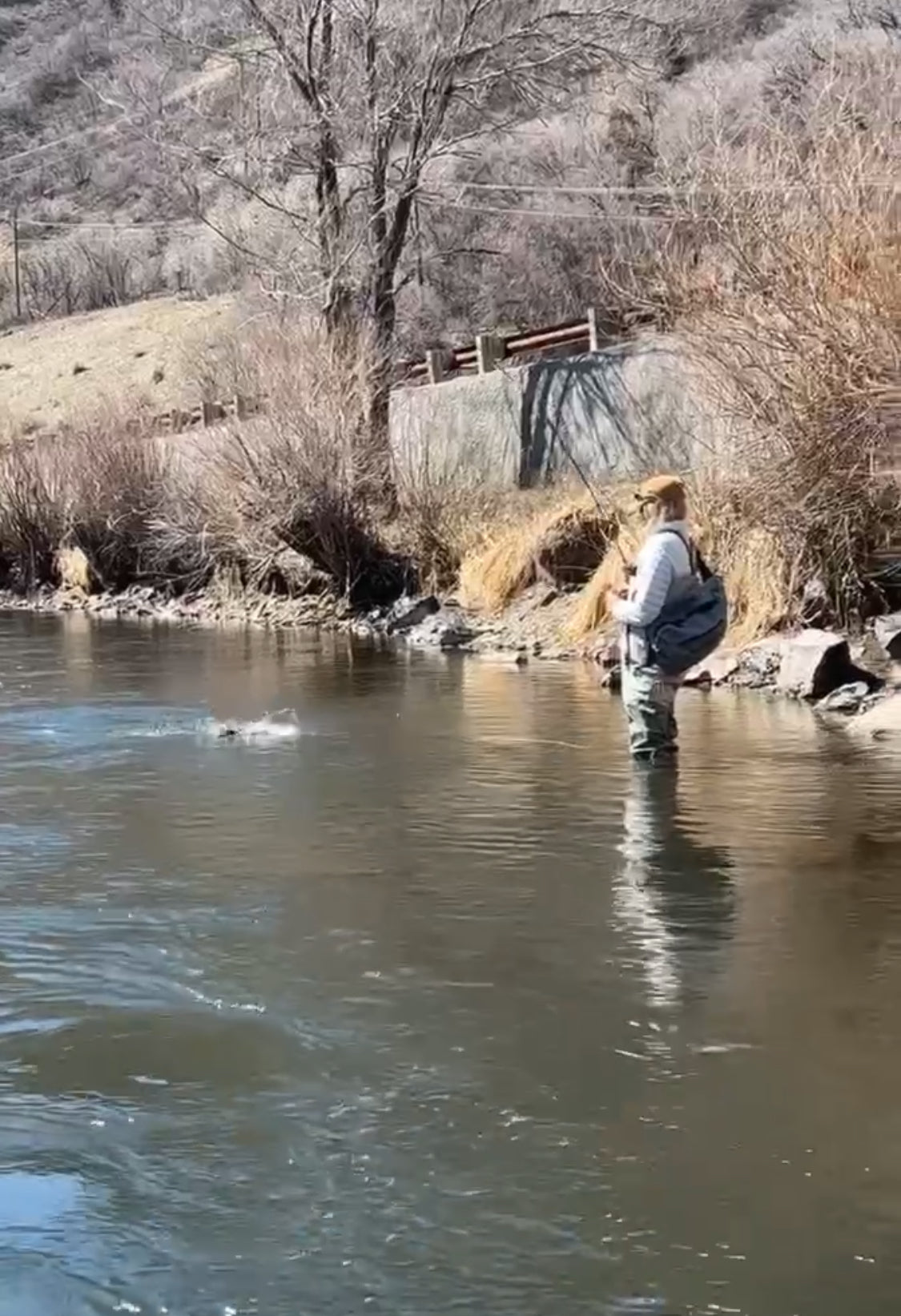Winter fly fishing can be a rewarding challenge, offering solitude on the water and the chance to target trout when they’re at their most selective. Cold water temperatures slow fish metabolism, making them less aggressive but still hungry for the right presentation. Selecting the best flies for winter fly fishing can make all the difference. Here are some of the top fly patterns to use during the chilly months.
1. Scuds
Scuds are freshwater crustaceans commonly found in cold rivers and streams, making them a reliable winter pattern. These small, shrimp-like flies mimic the abundant food sources that trout rely on during winter. Olive, gray, and orange are the most effective colors, and they should be fished close to the bottom, often in slower runs and pools where trout conserve energy.
2. Woolly Buggers
The Woolly Bugger is a versatile pattern that imitates anything from baitfish to leeches. In winter, smaller Woolly Buggers in muted colors like olive, black, or brown work best. Fish them slowly with a dead-drift or a subtle strip retrieve to mimic lethargic prey. Target deeper pools where trout are holding, and don’t be afraid to add some weight to get your fly into the strike zone.
3. Nymphs
Nymphs are a staple in winter fly fishing. Patterns like the Hare’s Ear or Pheasant Tail imitate immature aquatic insects and are deadly year-round, especially during winter. Use a double-nymph rig with a smaller pattern trailing behind to cover multiple depths. Add a strike indicator and fish slow-moving water where trout are likely feeding near the riverbed.
4. Midges
Midges are among the most abundant insects during winter and are a go-to fly for cold-season fishing. Patterns like Zebra Midges or Blood Midges in sizes 18-24 are essential for your fly box. Fish these tiny flies in slow-moving runs or deep pools, and consider pairing them with a larger attractor pattern like an egg or a worm.
5. Egg Patterns
Egg patterns are a highly effective choice in winter, particularly when trout are feeding on the remnants of salmon or other spawning fish. Brightly colored egg flies in orange, pink, or yellow are irresistible to trout. Fish them under a nymph or midge as part of a tandem rig for maximum effectiveness.
6. Stoneflies
Stonefly nymphs remain active throughout winter, making them an excellent cold-weather choice. Patterns like the Pat’s Rubber Legs in sizes 8-12 can imitate both large and small stoneflies. Drift these flies along the bottom in riffles and deeper runs where stonefly nymphs are most abundant.
7. Worm Patterns
San Juan Worms and similar patterns mimic aquatic worms that can be dislodged from riverbeds during winter flows. These flies are simple yet effective, especially after rain or snowmelt. Red and pink are classic colors, and they’re particularly productive when paired with another fly like a midge or nymph.
Winter Fly Fishing Tips
• Slow Down: Fish are less active in cold water, so slow your retrieves and drifts.
• Go Deep: Trout hold closer to the bottom in winter, so use enough weight to get your flies into their feeding zone.
• Layer Up: Stay warm and dry to enjoy your time on the water!
With the right fly selection and technique, winter fly fishing can be a highly rewarding experience. Stock your fly box with these proven patterns, and you’ll be ready to tackle the chill and hook some winter trout.


